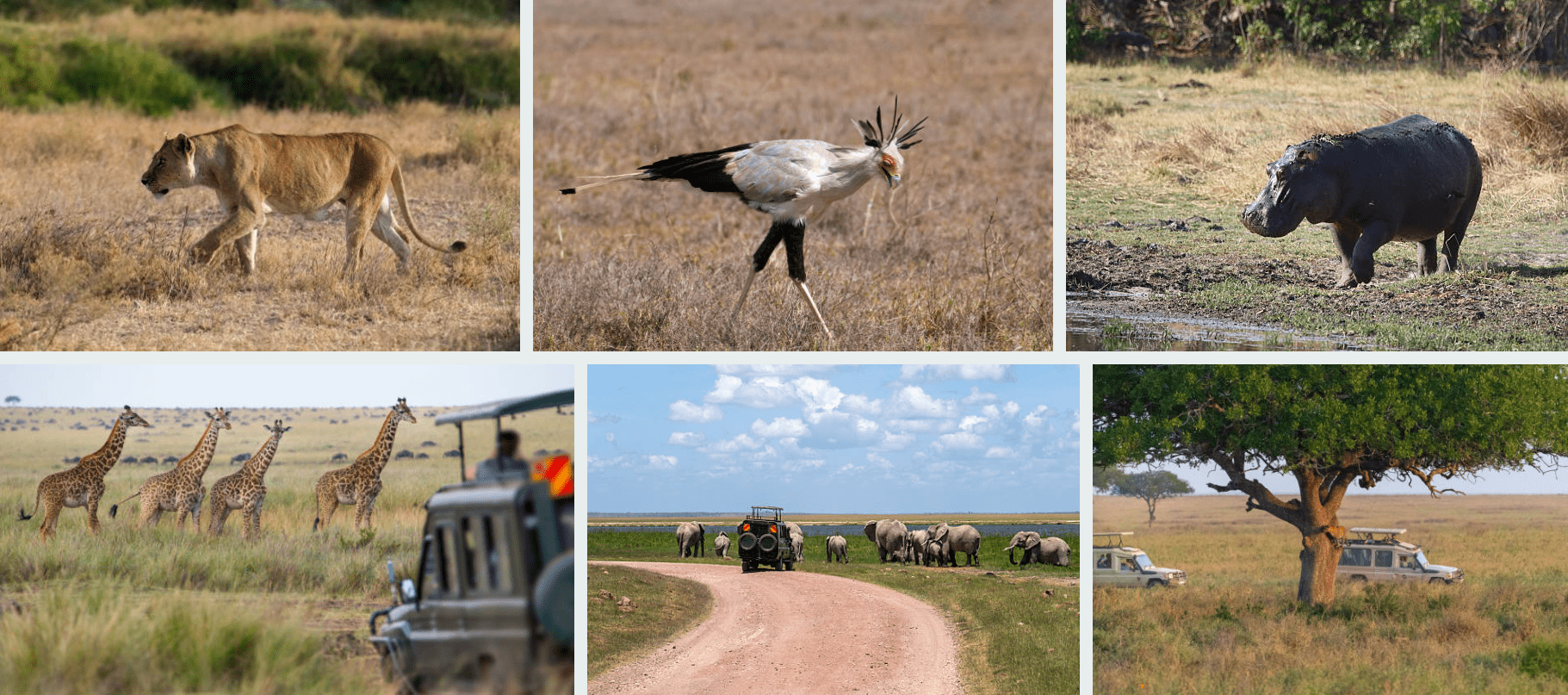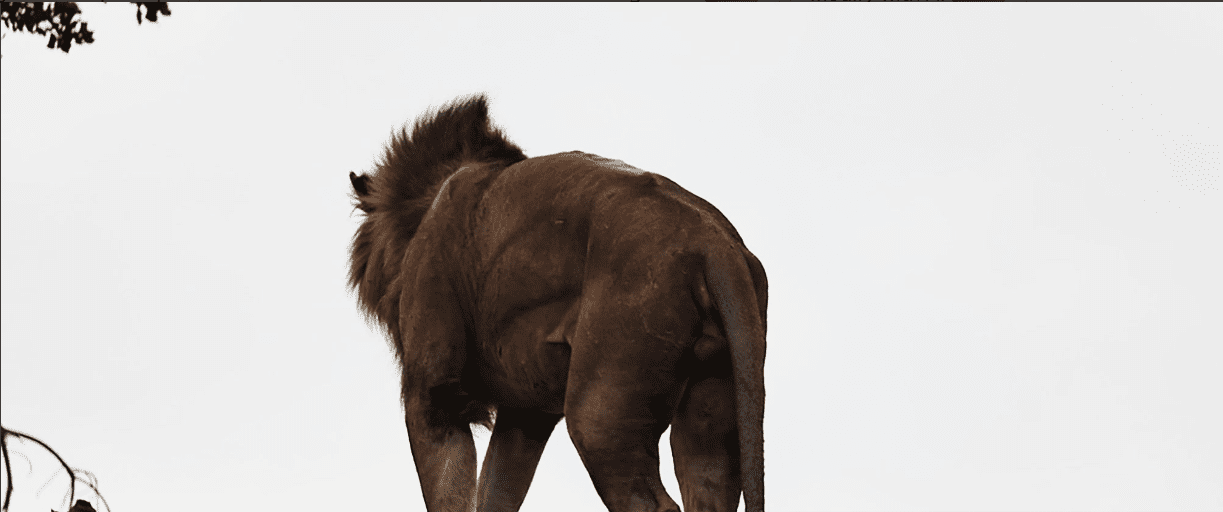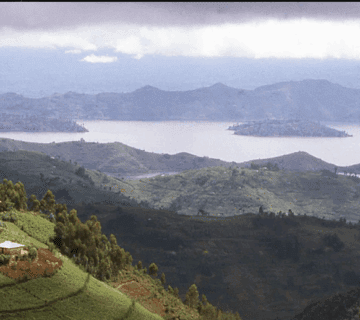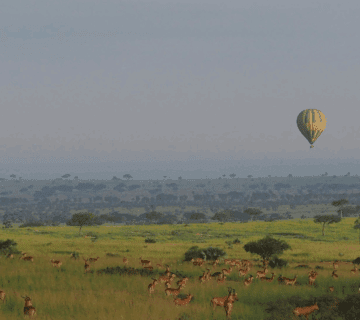Can I Do a Walking Safari in Tanzania and Where?
Tanzania Walking Safari Destinations, Tanzania is renowned for its breathtaking wildlife and iconic national parks, offering some of the best safari experiences in Africa. While most visitors opt for traditional game drives in 4×4 vehicles, an increasingly popular alternative is the walking safari. This immersive experience allows travelers to connect with nature on a deeper level, exploring the wilderness on foot under the guidance of expert guides.
If you’re wondering, “Can I do a walking safari in Tanzania?” the answer is a resounding yes! Tanzania boasts several exceptional destinations where walking safaris are permitted, each providing a unique perspective on the country’s diverse ecosystems.
In this comprehensive guide, we’ll explore:
-
The benefits of a walking safari
-
The best destinations for walking safaris in Tanzania
-
What to expect on a walking safari
-
Safety considerations
-
Best time to go
-
How to book a walking safari
Why Choose a Tanzania Walking Safari Destinations?
Walking safaris offer an intimate and thrilling way to experience the African bush. Unlike vehicle-based safaris, walking allows you to:
-
Engage All Your Senses: Hear the rustle of leaves, smell the earth, and see wildlife up close without the barrier of a vehicle.
-
Learn Tracking Skills: Expert guides teach you how to read animal tracks, identify plants, and understand animal behavior.
-
Discover Smaller Wildlife: On foot, you’ll notice insects, birds, and smaller mammals often overlooked during game drives.
-
Experience True Wilderness: Walking through the bush heightens the sense of adventure and connection to nature.
-
Eco-Friendly Option: Walking safaris have a lower environmental impact than vehicles, promoting sustainable tourism.
Best Places for Tanzania Walking Safari Destinations
Tanzania has several parks and reserves where walking safaris are permitted, each offering distinct landscapes and wildlife encounters.
1. Selous Game Reserve (Nyerere National Park)
Why Go?
Selous (now partly designated as Nyerere National Park) is one of Africa’s largest game reserves and a UNESCO World Heritage Site. It’s less crowded than the northern parks, offering a more exclusive experience.
Walking Safari Highlights:
-
Explore the Rufiji River ecosystem, home to hippos, crocodiles, and diverse birdlife.
-
Track elephants, wild dogs, and lions with experienced armed guides.
-
Boat safaris complement walking excursions for a varied experience.
Best Time to Visit: June–October (dry season).
2. Ruaha National Park
Why Go?
Ruaha is Tanzania’s largest national park, known for its rugged landscapes and high concentrations of elephants and predators.
Walking Safari Highlights:
-
Walk along the Great Ruaha River, spotting lions, leopards, and rare antelopes.
-
Remote and wild, with fewer tourists than the Serengeti.
-
Night walks (in certain areas) offer a chance to see nocturnal wildlife.
Best Time to Visit: May–November (dry season for optimal game viewing).
3. Tarangire National Park
Why Go?
Famous for its massive elephant herds and ancient baobab trees, Tarangire offers a unique walking safari experience.
Walking Safari Highlights:
-
Walk through riverine forests and open savannahs.
-
Close encounters with elephants, buffalo, and migratory birds.
-
Some camps offer multi-day walking safaris with fly camping.
Best Time to Visit: June–October (great for wildlife sightings).

4. Serengeti National Park (Limited Areas)
Why Go?
While most of the Serengeti is restricted to vehicle safaris, some private concessions and camps offer guided walking safaris.
Walking Safari Highlights:
-
Explore the remote corners of the Serengeti away from crowds.
-
Focus on tracking wildlife and learning about the ecosystem.
-
Often combined with traditional game drives for a full experience.
Best Time to Visit: Year-round, but best in dry season (June–October).
5. Katavi National Park
Why Go?
One of Tanzania’s most remote and untouched parks, Katavi is ideal for adventurous travelers seeking solitude.
Walking Safari Highlights:
-
Walk among massive buffalo herds and hippo-filled pools.
-
Rarely visited, offering an exclusive wilderness experience.
-
Fly camping under the stars in the heart of the bush.
Best Time to Visit: May–October (dry season).
6. Mahale Mountains National Park
Why Go?
While famous for chimpanzee trekking, Mahale also offers stunning walking safaris along Lake Tanganyika.
Walking Safari Highlights:
-
Combine chimp trekking with forest walks and lakeside exploration.
-
Unique mix of primates, birds, and aquatic wildlife.
-
Remote and pristine, with no roads—accessible only by boat or plane.
Best Time to Visit: June–October (best for chimp trekking).
What to Expect on a Tanzania Walking Safari Destinations
A typical walking safari in Tanzania follows this structure:
-
Early Morning Start: Walks usually begin at dawn when animals are most active.
-
Small Groups: Limited to 4–6 people for safety and minimal disturbance.
-
Armed Guides: Expert rangers lead the way, ensuring safety from dangerous animals.
-
Slow Pace: The focus is on observation, tracking, and learning about the ecosystem.
-
Breaks & Interpretation: Guides stop frequently to explain tracks, plants, and animal behavior.
-
Return to Camp: Walks last 2–4 hours, followed by relaxation or game drives.
Some luxury camps offer multi-day walking safaris with overnight fly camping, where you sleep in mobile tents under the stars.
Safety on a Walking Safari
Walking in big game country requires caution, but with proper guidance, it’s very safe.
-
Always Follow Your Guide’s Instructions – They are trained in animal behavior and emergency protocols.
-
Stay Quiet & Calm – Sudden movements or noise can provoke animals.
-
Avoid Bright Colors – Wear neutral tones (khaki, green, brown) to blend in.
-
Keep a Safe Distance – Never approach wildlife too closely.
-
Carry Essentials – Water, sunscreen, binoculars, and a camera (without flash).
Best Time for a Walking Safari in Tanzania
The dry season (June–October) is ideal:
-
Wildlife gathers around water sources, making sightings easier.
-
Fewer mosquitoes and lower malaria risk.
-
Cooler mornings for comfortable walking.
The wet season (November–May) offers lush landscapes and birdwatching opportunities but can be muddy and less predictable.
How to Book a Walking Safari
Walking safaris must be arranged through licensed tour operators or specialized safari camps. Some top options include:
-
Nomad Tanzania (Selous, Ruaha)
-
Asilia Africa (Tarangire, Serengeti)
-
Robin Pope Safaris (Katavi, Mahale)
-
Sand Rivers Selous (luxury walking safaris)
Most walking safaris are part of multi-day safari packages, combining walks with game drives, boat trips, or chimp trekking.
Final Thoughts
A walking safari in Tanzania is an unforgettable adventure, offering a raw and intimate connection with Africa’s wild heart. Whether you choose the vast Selous, elephant-rich Tarangire, or remote Katavi, you’ll experience the bush in a way few travelers ever do.
If you’re seeking a deeper, more immersive safari experience beyond the typical game drive, a walking safari in Tanzania should be at the top of your bucket list



